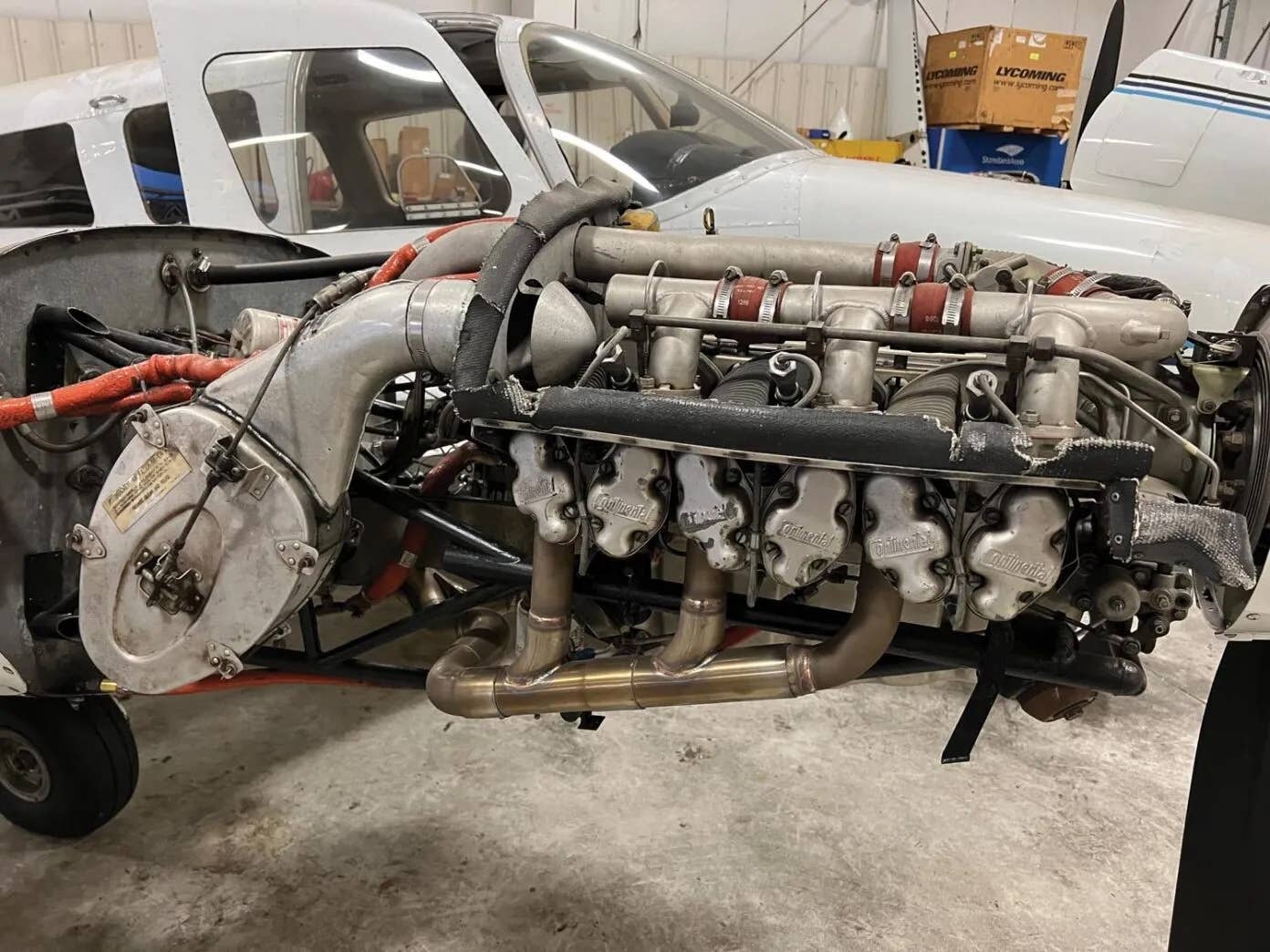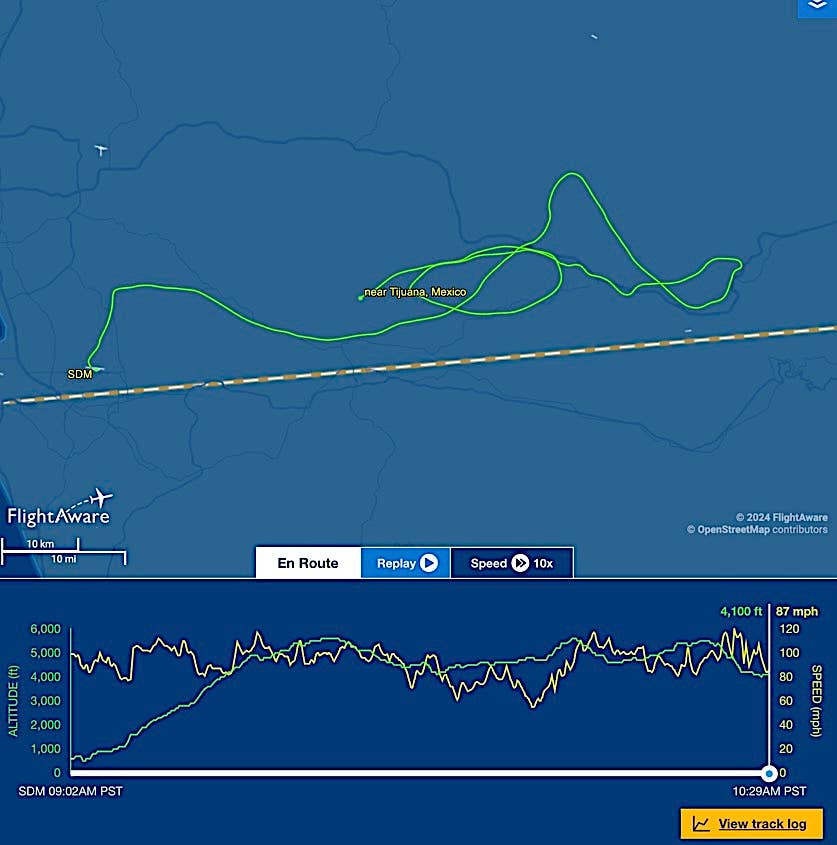General Aviation Accident Bulletin
AVweb’s General Aviation Accident Bulletin is taken from the pages of our sister publication, Aviation Safety magazine. All the reports listed here are preliminary and include only initial factual findings…

Aviation Safety Accident Bulletin
AVweb's General Aviation Accident Bulletin is taken from the pages of our sister publication, Aviation Safety magazine. All the reports listed here are preliminary and include only initial factual findings about crashes. You can learn more about the final probable cause on the NTSB's website at www.ntsb.gov. Final reports appear about a year after the accident, although some take longer. Find out more about Aviation Safety at www.aviationsafetymagazine.com.
January 17, 2022, Scottsdale, Ariz.
Piper PA-28-160 Cherokee 160
The airplane was substantially damaged at about 2256 Mountain time during a forced landing following engine failure. The solo pilot sustained minor injuries. Night visual conditions prevailed.
About halfway through the flight, he noticed engine oil pressure was lower than it had been. Although the engine was running "fine," the pilot started to look at the possibilities of gliding to an airport and altered his intended route to avoid a mountainous area and overfly a highway instead. He attempted to activate the lights at a nearby non-towered field but was unsuccessful and continued toward another airport. The engine noise soon changed, followed by decreasing power. The pilot said engine oil pressure indicated zero, and he subsequently added full power as he was looking for a place to land. Shortly, the engine made “horrible noises” and quit. The pilot landed the airplane on a narrow gravel road between a chain linked fence and a water canal. The airplane collided with the fence, resulting in substantial damage.
January 23, 2022, Lampasas, Texas
de Havilland Tiger Moth DH 82A
At about 1728 Central time, the airplane was substantially damaged when it was landed off-airport after the engine lost power. The pilot and passenger received minor injuries. Visual conditions prevailed.
About 20 minutes into the flight, the engine began to run rough and the pilot immediately turned the airplane back toward the departure airport, checked that the fuel was on, mixture was rich and the throttle was open. The engine continued to lose power and the pilot decided to divert. As the airplane approached the divert airport, the pilot felt the airplane was too high and turned. During the turn, he realized he had misjudged and decided completing the turn was not a good idea. He leveled the wings and committed to landing straight ahead. The airplane touched down on a terraced area, skipped across one of the terraces and then nosed over, coming to rest inverted.
January 28, 2022, Ravendale, Calif.
Cessna TTx Model T240
The airplane's fuselage and landing gear were damaged during an off-airport landing at about 1425 Mountain time. The two pilots and one passenger aboard were not injured. Visual conditions prevailed.
The pilot reported that they had flown earlier in the day and the flights were uneventful with no anomalous engine readings or other flight characteristics. The accident flight included a go-around followed by a full-stop landing and taxi-back. On takeoff, both wing tanks contained about 20 gallons of fuel; the airplane took off with the right tank selected. At about 100 feet AGL, the engine suddenly lost power. The pilot lowered the nose and extended the flaps for the off-airport landing. The airplane touched down on snow-covered terrain, impacted brush and came to rest after about 80 feet of sliding.
January 29, 2022, Salem, Ore.
Beech K35 Bonanza
At about 1503 Pacific time, the airplane sustained substantial damage during an apparent loss of control while attempting a go-around. The private pilot and the passenger sustained fatal injuries. Visual conditions prevailed.
Before takeoff, the pilot requested to remain in the traffic pattern and was cleared for left closed traffic, then to land. Witnesses observed the airplane cross the runway threshold and continue its descent. Before touching down, the airplane suddenly veered left and simultaneously entered a near-vertical climb. The airplane then rolled left and entered a descent, impacting the ground adjacent to the runway in a near-vertical attitude. The main wreckage came to rest about 32 feet west of the runway.
January 30, 2022, Ketchum, Idaho
Just Aircraft SuperSTOL Experimental
The airplane was substantially damaged at about 1430 Mountain time in an off-airport landing following engine failure. The solo pilot was not injured. Visual conditions prevailed.
While in cruise flight at about 1500 feet AGL over mountainous terrain, the engine lost power. The pilot switched fuel tanks and applied carburetor heat but was unable to restore engine power and initiated a forced landing to a snow-covered field. During the landing roll, the main landing gear tires settled into the snow and the airplane nosed over.
January 30, 2022, Oral, S.D.
Christavia MK1 Experimental
At about 1710 Mountain time, the unregistered airplane was substantially damaged when it collided with terrain. The non-certificated pilot sustained fatal injuries. Visual conditions prevailed.
Earlier, the accident pilot texted a friend to ask if he could taxi the airplane on the friend's private airstrip. The friend arrived home about 1645 and observed the pilot taxing the airplane. At about 1700, the friend observed the airplane complete two touch-and-go landings, and then depart to the south. Shortly, the friend texted the pilot but there was no response. The friend then departed in his airplane to look for the pilot, locating the accident airplane in a field about two miles from the private airstrip. The accident pilot had been working on the kit airplane for several months.
This article originally appeared in the April 2022 issue of Aviation Safety magazine.
For more great content like this, subscribe to Aviation Safety!






